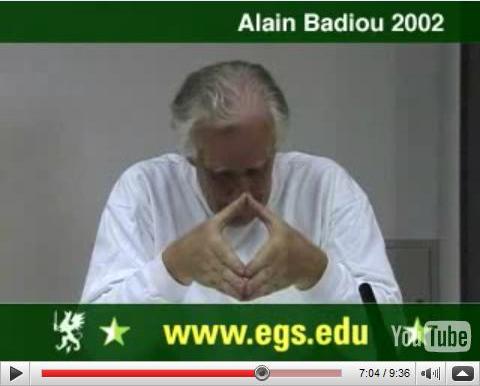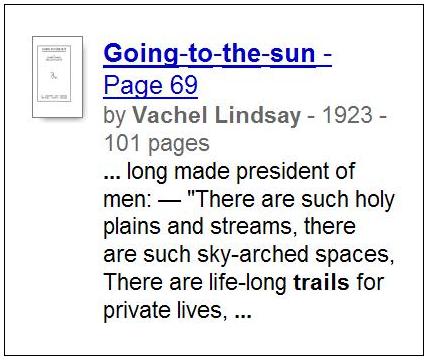continued
Today’s Pennsylvania lottery numbers suggest the following meditations…
Midday: Lot 497, Bloomsbury Auctions May 15, 2008– Raum und Zeit (Space and Time), by Minkowski, 1909. Background: Minkowski Space and “100 Years of Space-Time.”*
Evening: 5/07, 2008, in this journal– “Forms of the Rock.”
Related material:
A current competition at Harvard Graduate School of Design, “The Space of Representation,” has a deadline of 8 PM tonight, February 27, 2009.
The announcement of the competition quotes the Marxist Henri Lefebvre on “the social production of space.”
A related quotation by Lefebvre (cf. 2/22 2009):
“… an epoch-making event so generally ignored that we have to be reminded of it at every moment. The fact is that around 1910 a certain space was shattered… the space… of classical perspective and geometry….”– Page 25 of The Production of Space (Blackwell Publishing, 1991)
This suggests, for those who prefer Harvard’s past glories to its current state, a different Raum from the Zeit 1910.
In January 1910 Annals of Mathematics, then edited at Harvard, published George M. Conwell’s “The 3-space PG(3, 2) and Its Group.” This paper, while perhaps neither epoch-making nor shattering, has a certain beauty. For some background, see this journal on February 24, 2009.†
* Ending on Stephen King’s birthday, 2008
† Mardi Gras














Recent Comments